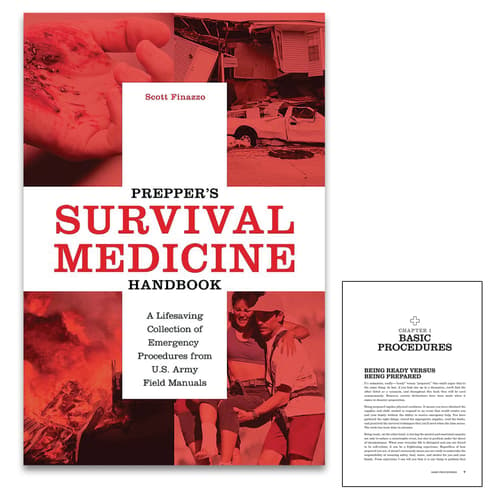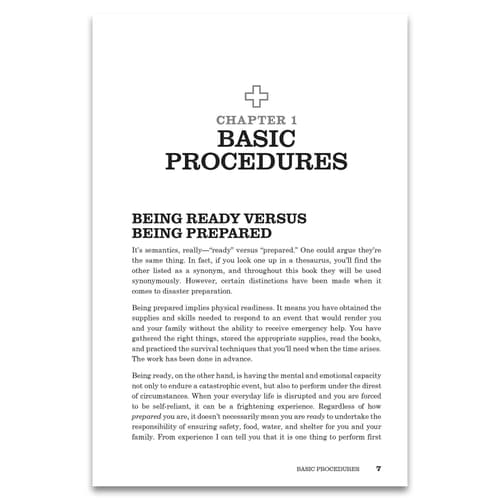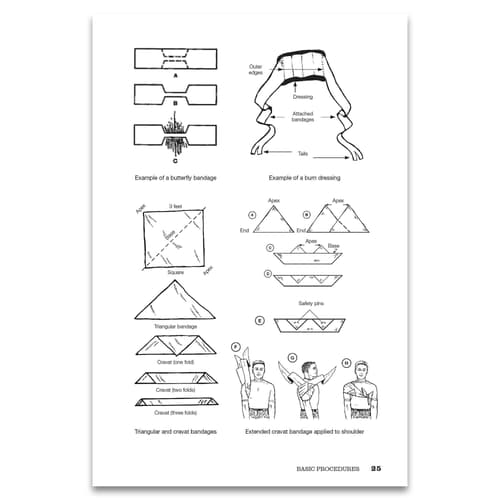Important Lessons You Can Glean from a Survival Manual
Important Lessons You Can Glean from a Survival Manual
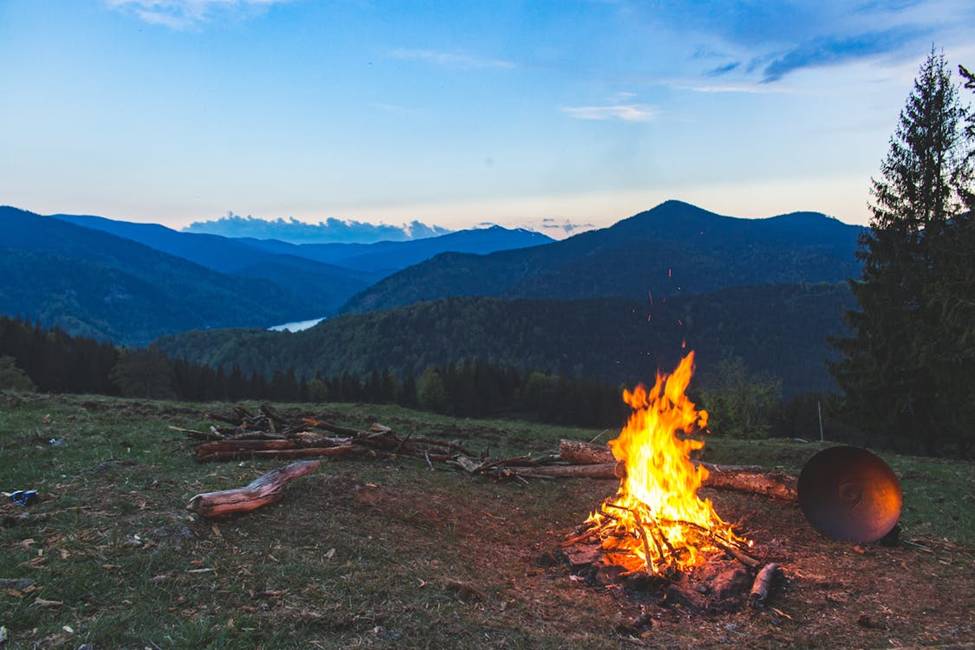

Think you can’t make space in your pack for a survival manual? Think again. Along with a knife, a fire starter, compass and tools, it’s one of the most important things you can make room for. Here are some indispensable items of information (and survival skills) you can learn from a survival manual.
How to Orient Yourself
What good are a compass and tools if you don’t know how to use them? You need to know how to use these tools, as well as how to take your bearings using a compass, but there are other more fundamental orienteering skills a survival manual can show you, including:
- The orientation of the stars and how to use them to navigate.
- The fact that the sun is always in the southern sky in the northern hemisphere above the tropics, and always in the northern sky in the southern hemisphere above the tropics.
- How to follow rivers to find civilization.
- How to tell how much light is left in the day from the angle of the sun.
There will be other indispensable tips you can glean from a survival manual; these are just a few of them.
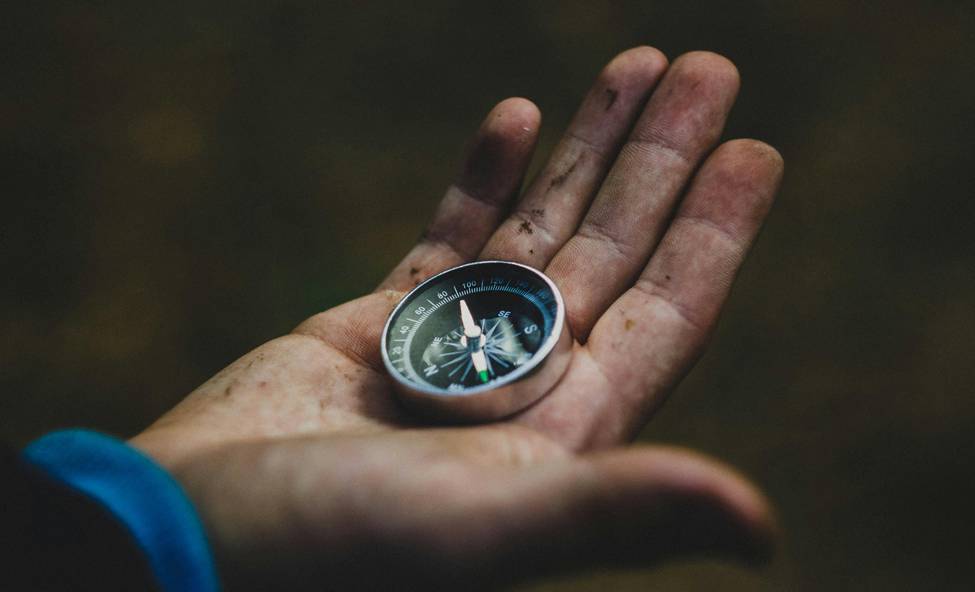

Where to Set Up Shelter
Where to Set Up Shelter
For instance, it’s dangerous to set up shelter:
- In dry stream beds, as they can experience flash floods, or too close to the banks of rivers, which can also flood.
- On snow laden slopes, as these are at risk of avalanche.
- Too close to trees with large overhanging branches, or near snags.
- At the base of steep slopes with scree, as these can present the risk of rock fall.
- Near cornices, as these can collapse.
- On the tops of ridges, as these can often experience high winds and other extreme weather.
- In low areas, especially in cold weather, as they will become cold sinks that can be lethal.
A survival manual can also show you how to build shelter or where to find it, too, such as in caves and overhangs in dry areas, or how to build shelters from wood and snow in wooded or boreal areas.
How to Make Fire
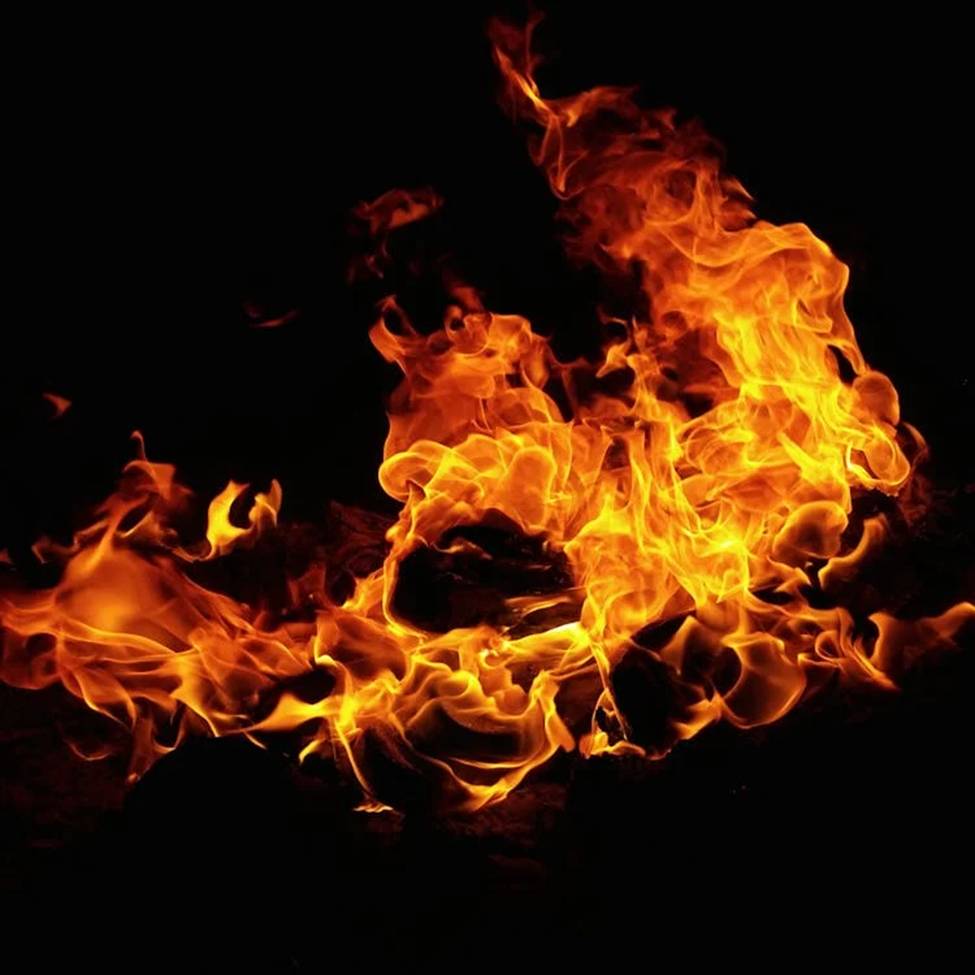

How to find tinder and fuel, and how to build and light fires, are also indispensable skills that a survival manual can teach you. For instance, a survival manual can show you what can be used for tinder, such as dry woody material, plant down, standing dry grasses, wood shavings, dryer lint, and certain dried fungi. More importantly, a survival manual can teach you primitive methods of making fire when you don’t have other resources or fire starters. For instance, a manual can teach you how to make a fire with a fire plow, bow drill, hand drill, fire saw, fire roll, or other methods.
How to Find and Treat Water
Survival manuals can also furnish you with indispensable information about how to find and treat water. For instance, a manual will caution you against drinking untreated water, especially from beaver ponds, and will show you how to gather and treat water from snowmelt or streams. Water can also be captured from runoff or precipitation. Manuals can also show you how to make a water filtration system from sand, charcoal, pebbles, and other media, and then how to treat it through boiling, distillation, or other methods.
What You Can (and Can’t Eat)
What you can’t eat is just as important as what you can eat. For instance, almost all birds are edible; some insects and many fish are, but as a general rule you should avoid bright colors as this is called aposematic coloration and usually serves as a warning. Plants and mushrooms are in the same category, and toxic plants and fungi may not just make you sick; they can kill you. A survival manual with color plates and identification guides can help you avoid making such a potentially fatal mistake.
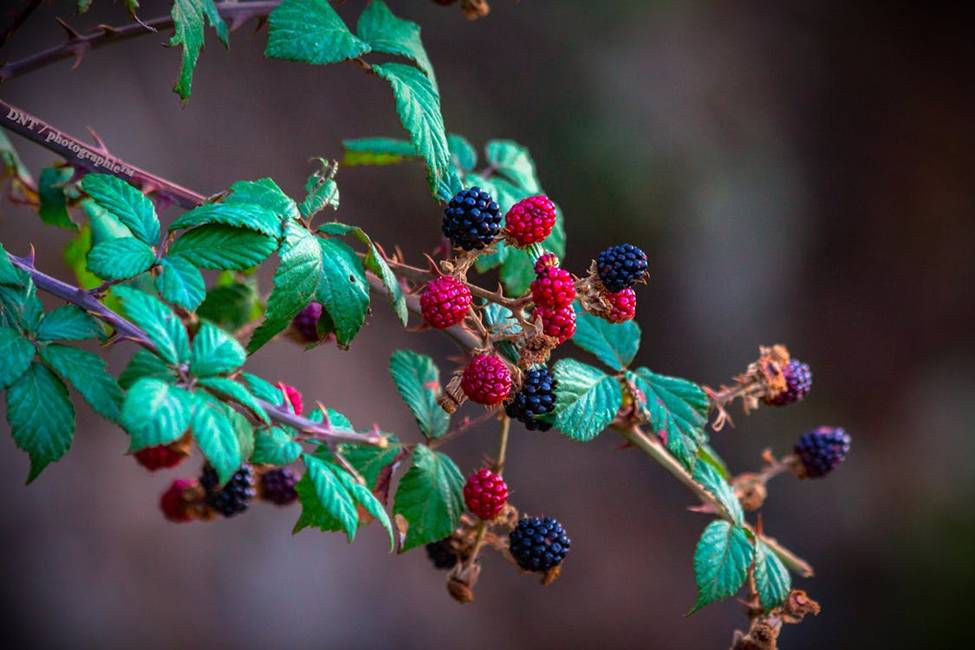

How to Trap and Hunt, As Well As How to Clean Game
While hunting can help you get food on the (camp) table, trapping is often more effective, since it is passive and wastes little energy or time. A survival manual may show you how to identify game trails and then how to set effective snares and traps. Cleaning game is another thing. There are things you need to know about how to pan-dress or filet a fish, how to shuck shellfish, and how to pluck birds, as well as how to gut, dress, quarter, and butcher both small and large game. A good manual will show you all of that, and those skills are highly adaptable and transferable once learned.
This Is Why Adding a Survival Manual to Your Pack Is Valuable
As you can see, there are innumerable reasons that a good survival manual is worth the space and weight it takes up in your pack. Make room for one - then shop our collection and get a few. Cross-reference them, and make sure they are included in your survival essentials anytime you’re on the trail.
